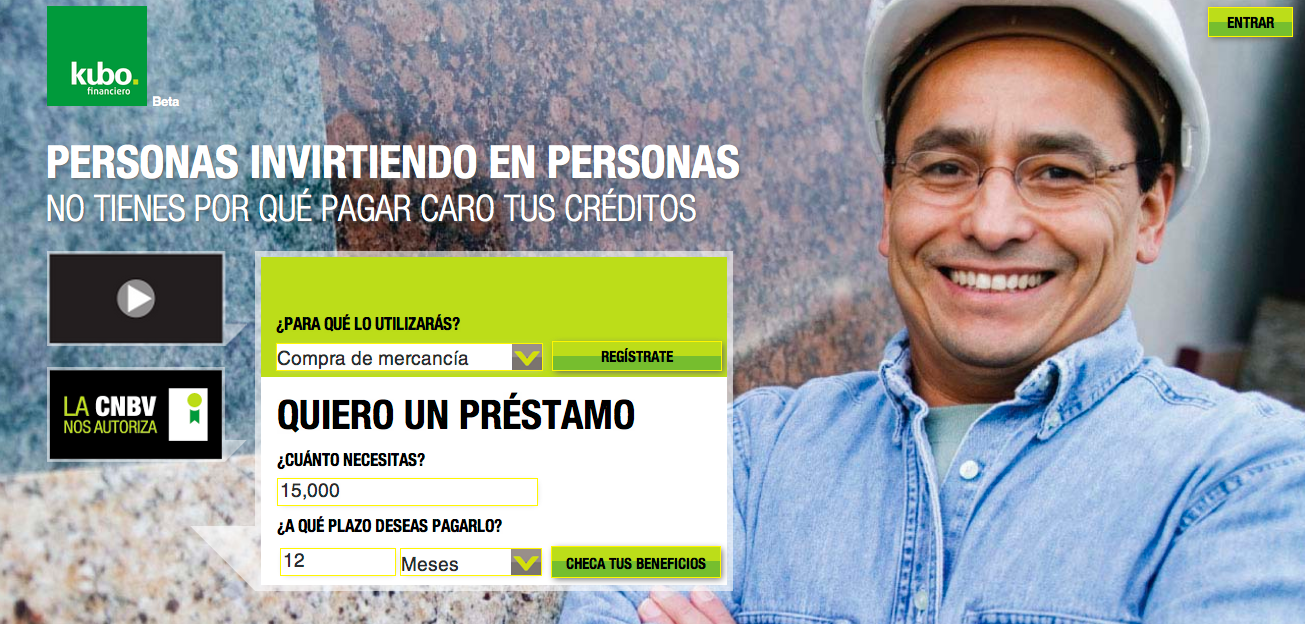One of our favorite data visualization sites, the World Bank Tumblr recently posted this fascinating infographic about global internet use.

For a larger version of the graph you can click here.
The visualization skews a world map to demonstrate both the number of internet users per country as well as the percentage of the population with access to internet.
The size of each country on the map represents total number of internet users, and the darker the color, the higher the internet penetration. Countries with less than 2 million internet users were excluded from the map -- explaining the absence of many African and Asian countries.
Some interesting things to note:
- There are only 18 countries with over 60% penetration rates.
- Even though only 20% to 40% of China’s population has internet access, it still has more internet users than any country.
- Only 3 Sub-Saharan Africa countries have over 2 million internet users.
- Indonesia barely shows up on the map despite having the 4th largest population in the world.

You can see from the infographic that Mexico falls into the 20% to 40% penetration category -- fairly low and consistent with the rest of Latin America.
The potential to increase financial inclusion via online platforms is huge. With so many of the world's poor living in rural areas, it's often very logistically difficult and costly for traditional banks and microfinance institutions to serve them. Technological innovations like Kubo's provide new and unique ways to serve populations that were once excluded.
And even though internet penetration in parts of the developing world seems bleak, mobile penetration is high and growing rapidly in places like Africa. So as mobile phones in the developing world start to have “smarter” features, technologies like Kubo.financiero’s can perhaps be even more powerful.
Repercussions of higher internet usage in the rest of the developing world could mean huge things for financial inclusion, and global development as a whole.
We are excited to be working with Kubo because of the creative new angle they bring to financial inclusion. We hope that this will be just the first of many partnerships that provide innovative methods to reach more clients.
Have more questions about financial inclusion? Send them our way at blog@kiva.org.
PREVIOUS ARTICLE
New Field Partner: Supporting affordable financing with Kubo.financiero in Mexico →NEXT ARTICLE
Sisterhood Through Solar Power →














